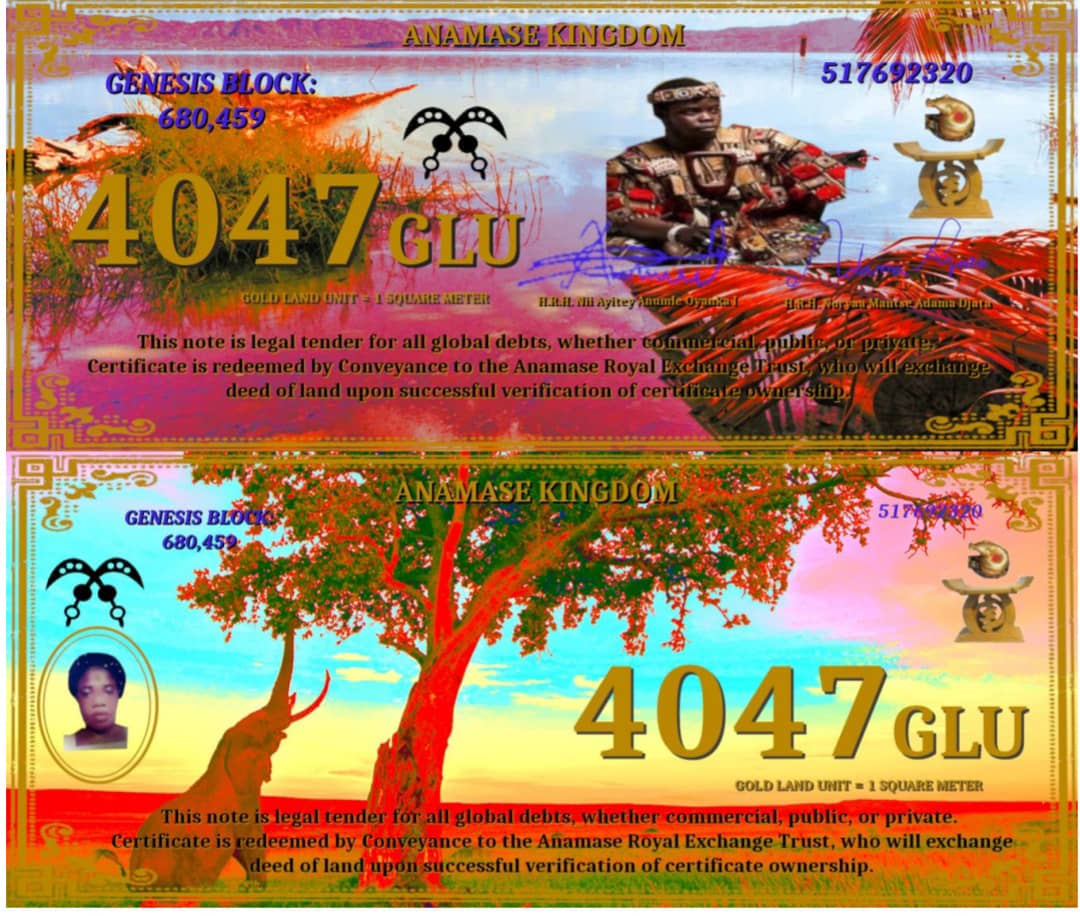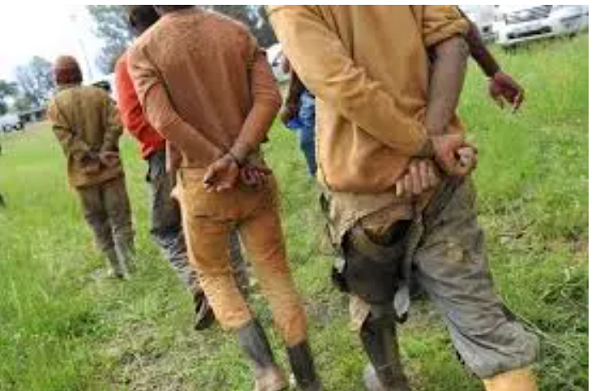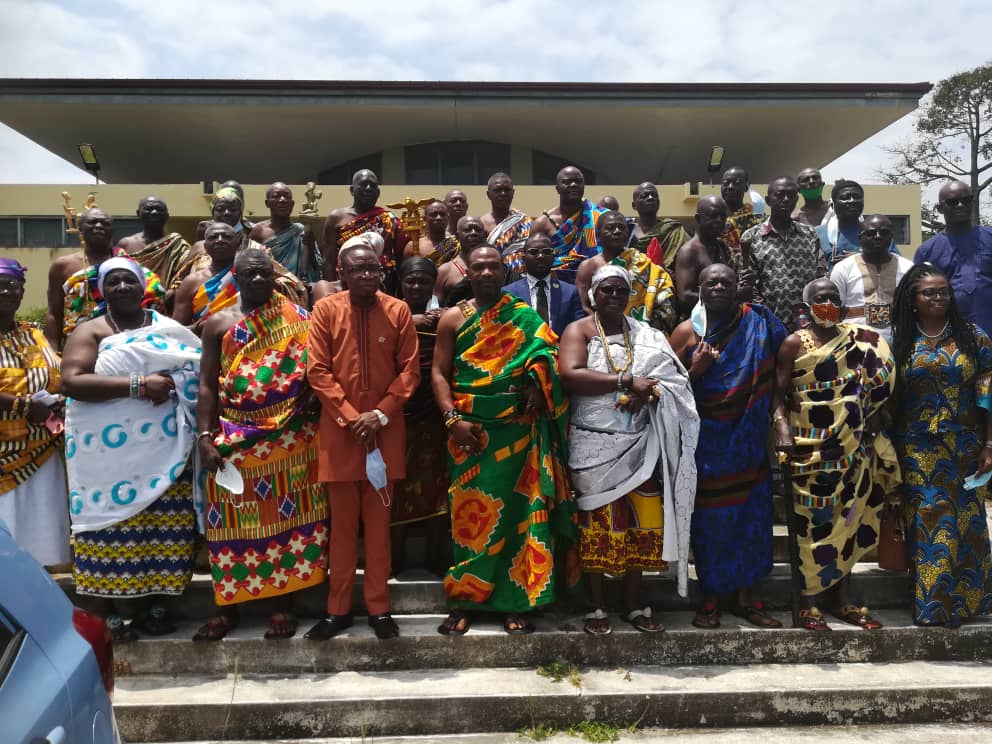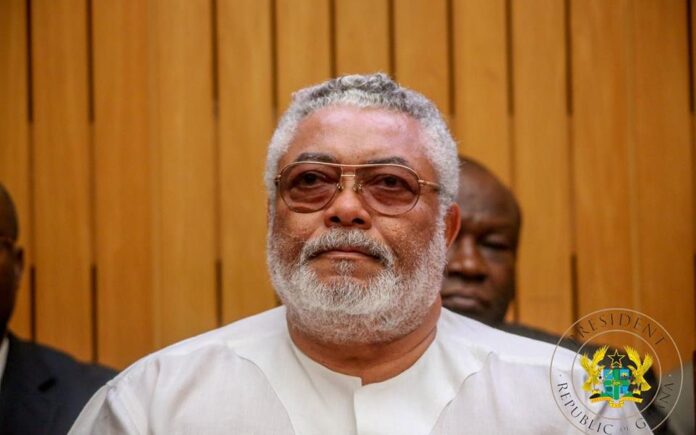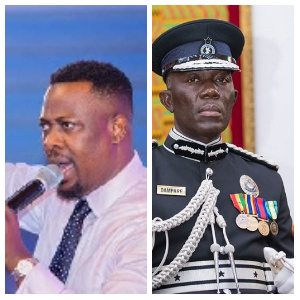Why Wode Maya gulped down fresh cow blood in Kenya
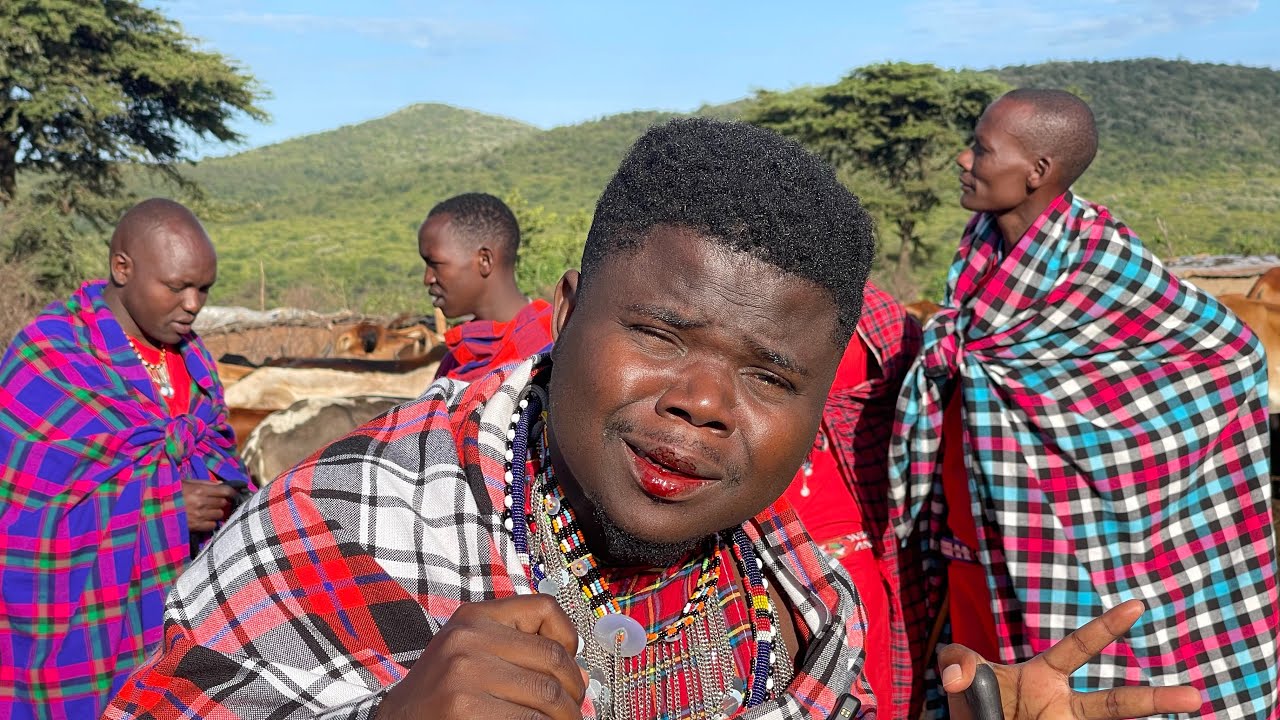
This encounter took place when the adventurous Ghanaian Youtuber took a trip to the East African country and visited the indigenous Maasai community.
In a clear case of ‘If you go to Rome, do what Romans do’, Wode Maya, upon arrival, changed into a Maasai costume, styled with three pieces of cloth and some beads.
He then accompanied some indigenes to their cattle farm where they made an opening in a cow’s neck and sucked out the fresh blood.
They poured the blood into a horn-like cup and offered Wode Maya, who received it without hesitation and drank it out of curiosity.
Although he was somewhat shocked to know that cow blood is edible in that part of the world, it didn’t stop him from consuming it.
“Mhern…This makes me feel like a vampire. God what I’m I doing? But anyways, you’ve got to respect the culture of people so let’s do this,” he said before gulping down the blood.
“This is our main food. We take it every day and it helps us not to get fat,” one of the indigenes said.
The Maasai community and their association with blood
Asides from killing lions as a hobby, the people of Maasai are said to treat blood as “both ordinary and sacred food.”
It is their belief that cattle blood is high in protein and, among them, it’s considered beneficial for people with weakened immune systems, particularly those who have just given birth, been circumcised, or fallen ill.
The tradition of drinking blood, and blood-milk mixtures is more prevalent among the tribe.
That’s not all, they are said to also consume raw beef.
About the Maasai tribe
The Maasai are a pastoralist tribe living in Kenya and Northern Tanzania. Their traditional diet consists almost entirely of milk, meat, and blood.
They are an indigenous ethnic group in Africa of semi-nomadic people with distinct traditions from the beginning of the 20th century to date.
Their settlement is a home for East Africa’s most iconic wildlife including lions; elephants; leopards; zebra and giraffes.
Their land also contains important resources for inhabitants and reserves. Their rivers and springs supply fresh water to more than 7 million people living in and around the port city of Mombasa, Kenya’s second-largest city.
Source: www.ghanaweb.com

